The post Mastering Color Series – The Psychology and Evolution of the Color GREEN and its use in Photography appeared first on Digital Photography School. It was authored by Megan Kennedy.
Spanish dramatist, poet and writer Pedro Calderón de la Barca once said “green is the prime color of the world, and that from which its loveliness arises”. From the perspective of a well-loved frog however, it’s not so easy being green. On the visible spectrum, green occupies the space between blue and yellow. In color theory, it is a secondary color, made by mixing blue and yellow together. Here, we’ll have a look at the evolution of green and its impact in art from antiquity to the present day.

The psychology of green
Green’s strongest psychological associations lie with the natural environment. The word green originates from the Middle English and Old English word grene, which has the same root as the words grass and grow. Many humans respond to nature, and thereby green itself, with a sense of calm and renewal. According to a recent study, exposure to green spaces in childhood can provide significant mental health benefits into adolescence and adulthood. Another study suggests that the “availability and quality of neighborhood green spaces are associated with greater well-being”.

Green’s association with nature has led to the adoption of green as an emblem for environmental movements. Fresh greenery in spring and the steady growth of plant-life has fostered associations with green and rebirth and determination. In contrast, the green text on early computer systems have cultivated associations between green, modernity and the digital landscape. The movie The Matrix has furthered this association.
When the United States government began issuing cash in 1861, bills were printed with a green-black ink. This has fostered associations between green and money. Due to it’s reflective nature, neon green is often used for safety equipment, clothing and signage. Because of it’s vibrational quality, neon green also features heavily in psychedelic art.

A belief held by the ancient Greeks that the overproduction of bile (which is typically a dark green to yellowish brown fluid) was a symptom of jealousy has drawn associations between green, envy and illness. Poeticized by William Drennan as the “Emerald Isle,” Ireland is associated with the color green because of it’s lush green landscapes. In China, green is associated with the east, spring and generative energy. For many Native American peoples, green symbolizes endurance. Green is the sacred color of Islam, representing Muhammad. However, in South America, green can be a symbol of death.
The evolution of the color green
Malachite, green earth and verdigris
While prehistoric artists used a pallet made up of reds, yellows, blacks, browns and whites, greens and blues were noticeably absent from early art. Decorative ceramics made by ancient Mesopotamians depict some of the earliest examples of green in visual arts. However, the method used to produce these greens is unknown.
Mined in the west Sinai and eastern desert, ancient Egyptians adorned tombs and papyrus with finely ground blue-green malachite pigment. Referring to the afterlife as the Field of Malachite, the ancient Egyptians wore the crushed mineral around the eyes to ward away evil. Moderately lightfast but very sensitive to acids, and varying in tonal consistency, malachite’s use in art continued up until the 1800’s. The Egyptians also used green earth pigments or mixed yellow ochre with blue azurite to form green hues.

Sourced near Verona in Italy and on the Mediterranean island of Cyprus, the Romans used green earth extensively in decoration. According to the blog Eclectic Light Company, green earth pigments have also been found in paintings from North America and the Indian subcontinent. Although lacking in intensity, green earth has seen use right up to the present day. Perhaps its best known usage however, is in the under-painting of flesh tones during the middle ages.

The Romans also used verdigris as a source of green pigment. Verdigris occurs naturally when copper, brass or bronze is exposed to air or seawater over time. Deliberately cultivated by soaking copper plates in fermenting wine and collecting the resulting residue, verdigris was the most vibrant green available until the 19th century.
Scheele’s green
Invented in 1775 by chemist Carl Wilhelm Scheele, Scheele’s green was the first to contain arsenic in its composition. Although it faded rapidly, Scheele’s green was considered superior to previous paints due to its vibrancy. It was used in a range of applications from food dye to artist’s paints. Needless to say, Scheele’s green was highly toxic and carcinogenic. Both manufactures and consumers became ill or died from exposure to the deadly pigment.

Cobalt green
In 1780 Swedish chemist Sven Rinman, developed a process that resulted in a cobalt-green compound of cobalt and zinc. Arthur Herbert Church, a British chemist, published Rinmann’s process in his book, the Chemistry of Paints and Painting where he stated that cobalt green was created by “precipitating with an alkaline carbonate a mixture of the nitrates of cobalt and of zinc, and then strongly heating (after washing) the precipitate formed”.
“When prepared properly,” Church continued, “cobalt green is a pigment of great beauty and power.” However, despite the opportunity to vary the ratio of zinc to cobalt oxides in production, the pigment was never a pure green, taking on a blueish hue instead. In addition, the high cost and poor tinting strength of cobalt green meant it saw limited use by artists.
Paris green
Paris green is also known as emerald green. Becoming commercially available in 1814, Paris green was used as a pigment as well as a rodenticide and insecticide. Offering greater permanence and saturation over Scheele’s green, Paris green proved popular with artists such as Monet, and Van Gogh. Ranging from a pale blue-green to a deep green, Paris green was relativity cheap to manufacture. It was also used as a household paint and in decorative wallpaper. Highly toxic, it was discontinued over the second half of the twentieth century.

Viridian
Electing to keep their methodology a secret, Viridian was first produced by chemists Pannetier and Binet in Paris around 1838. It took another 20 years before chemist Guignet patented a process to manufacture Viridian, making the pigment available to artists.
Viridian takes its name from the Latin word viridis, meaning green. A dark shade of spring green, Viridian sits between green and teal on the color wheel. Viridian’s brilliance, excellent permanence and lack of toxicity meant that it soon eclipsed all other green pigments. Readily adopted by Edvard Munch, Monet and Van Gogh, the rich blue-green hues of viridian remain in use today.

Green in visual arts
Green’s presence in art history is a testament to its evocative associations with nature and life. Cultivated by the flooding of the River Nile, ancient Egyptians recognized the greenery of flourishing crops as a symbol of rebirth. Osiris, the ancient Egyptian god of the underworld and rebirth was depicted with a green complexion and the hieroglyph for the color green was represented by the stalk of the papyrus.
During the middle ages and renaissance, clothing color signaled social rank and occupation. Green was worn by merchants, bankers and gentry. Both the Mona Lisa and the bride in the Arnolfini portrait by Jan van Eyck are depicted in green, an indication of their status.
Taking advantage of greens refined over the renaissance period, Baroque artists conveyed moments of movement and drama with rich green hues. Dreamy green landscapes populated by the well-to-do defined the rococo art movement, while the green hues in 19th century realism mirrored the bleak reality of middle and lower class society. In contrast, pre-raphaelite artists used green to depict resplendent clothing and foliage.
Capturing the interplay between light and movement, green took on a new life under the strokes of the impressionist’s brush. Expressionist artists, in their distortions and exaggerations, valued emotion over reality, using green to convey new artistic possibilities. Cubists used green as a tool to alleviate some of the heaviness of their compositions and later, abstract artists like Mark Rothko and Helen Frankenthaler expressed the immersive nature of green through verdant tones on active canvasses.
Green in contemporary art
Contemporary examples of green used in art are as varied and unique as green itself. In 1970 Bruce Nauman erected two walls, placed them 12 inches apart and suspended green lights above the gap. Encouraged to walk through the claustrophobic space, members of the public were bathed in green fluorescence as they shuffled along.
In 1998 Olafur Eliasson used a sodium salt variation of fluorescein called uranine to color waterways in Germany, Norway, Iceland, Sweden, Japan and the USA a vibrant green. He called his endeavors the Green River Project.
In 2016 Norwegian artist Per Kristian Nygard transformed an Oslo gallery into an organic work of art. Distributing soil and grass seed over a wooden framework covered with plastic sheets, Per Kristian Nygard cultivated Not Red But Green, a contemplative piece investigating the exchange between architecture and nature.
Green in photography
Green’s associations continue to be depicted in both film and digital photographic formats. Australian duo Prue Stent and Honey Long combine photography with performance, installation and sculpture, investigating the relationship between the human body and nature. Stent and Long’s series Bush Babies melds the green of the natural environment with the nakedness of the human body.
An overreaching theme in Narelle Autio’s photography is the study of human interaction within green spaces. Namia Green’s portraits of black and brown subjects against lush greenery reflects the photographer’s rejection of the narrow representation of black peoples in art. Photographed by Steve McCurry, the famously green eyes of the Afghan Girl (Sharbat Gula) are both haunting and haunted, piercing a viewer’s gaze. Ren Hang (link NSFW), known for his sexually expressive imagery, often relied on green for contrast, context and life.
Landscape and architectural photographer Andreas Gursky often applies green as a visual pause within his work. Fashion photographer Miles Aldridge uses green as a surreal brush with the surreal. Signalling time, place and atmosphere, macro photographers like Tomas Shahan feature green as an inevitable backdrop for their minuscule natural subjects. And Pep Ventosa’s dynamic works see green as a prevailing presence in her series In the Round, Trees.
Green has applications on-camera too. In black and white photography, green filters are mainly used for photographing plants, separating green foliage from brightly colored flowers. In landscape photography, green filters lighten organic greens, giving an image a more natural appearance.

Conclusion
Despite its late arrival to the artist’s pallet, green’s versatility is reflected in its many connotations. Associated with renewal and rebirth, green has also been linked with the digital landscape, money, jealousy and sickness. From ancient art to contemporary visual culture, green has shaped our comprehension of the environment around us. Portraying immeasurable depth and abundance, green is the color of nature and life.
Share with us your photos that use green in the comments below.

You may also like:
- Mastering Color Series – The Psychology and Evolution of the Color RED and its use in Photography
- Mastering Color Series – The Psychology and Evolution of the Color YELLOW and its use in Photography
- Mastering Color Series – The Psychology and Evolution of the Color BLUE and its use in Photography

The post Mastering Color Series – The Psychology and Evolution of the Color GREEN and its use in Photography appeared first on Digital Photography School. It was authored by Megan Kennedy.

Digital Photography School























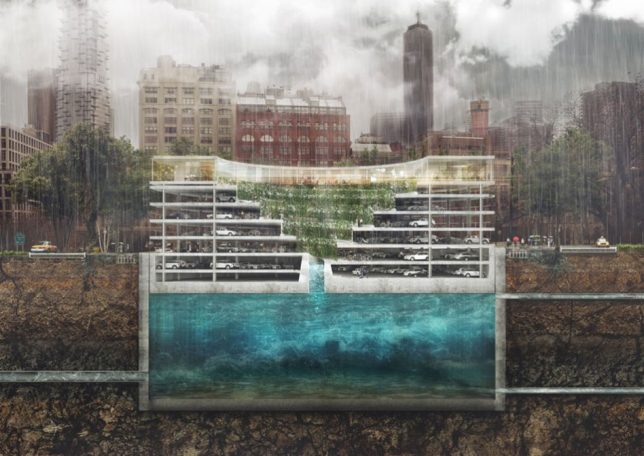
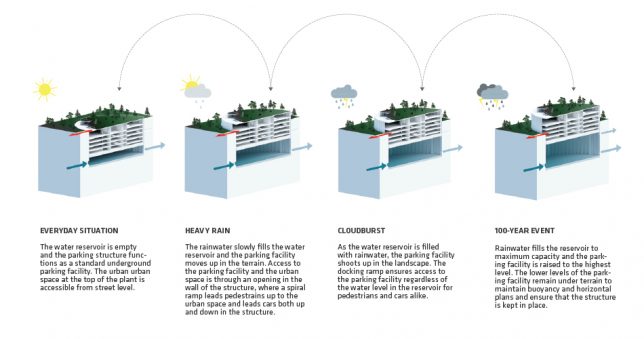
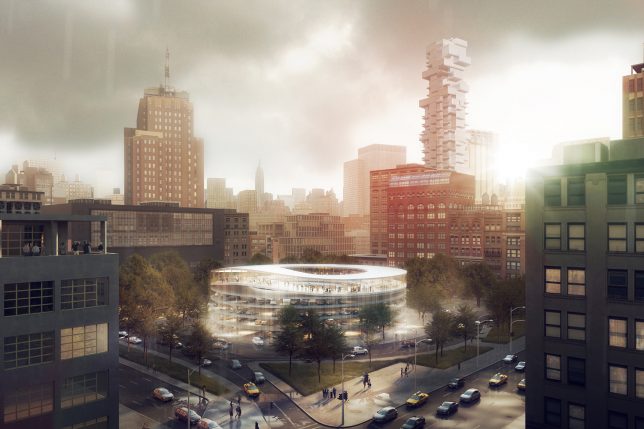
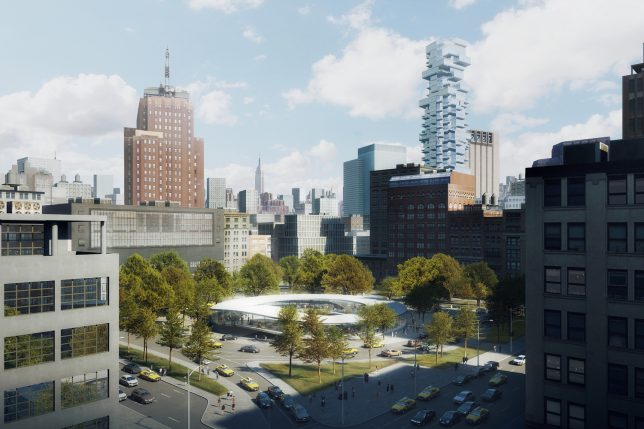
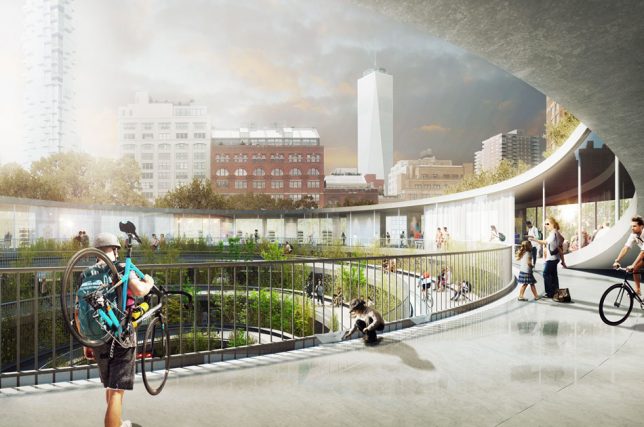




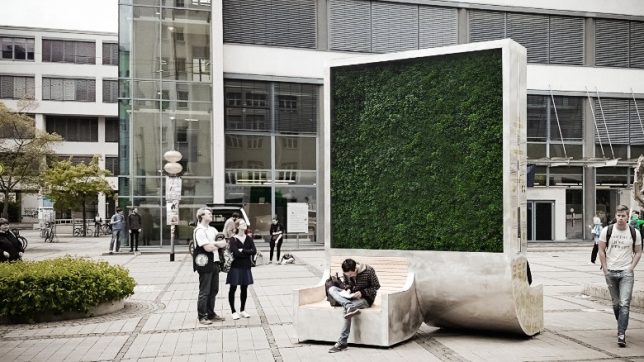
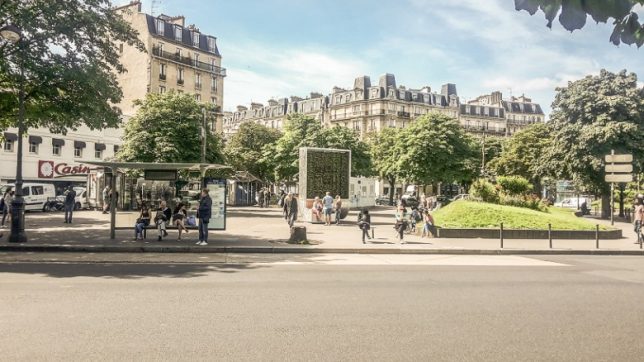
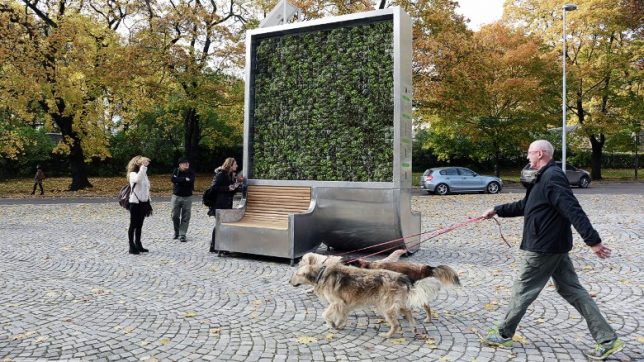
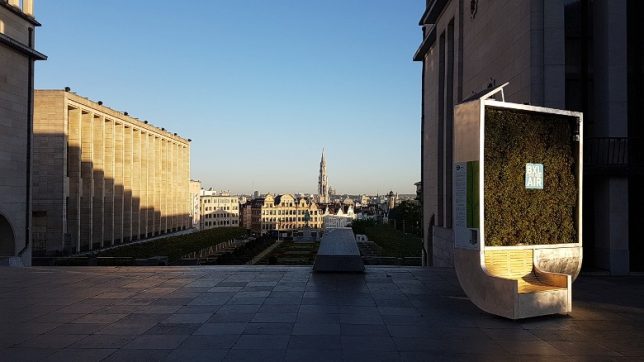























You must be logged in to post a comment.